Digital video is one of the most consumed types of multimedia content today. Therefore, tools for its reproduction are usually included in the basic set of delivery of operating systems. This is how Microsoft includes "Windows Media Player" in their distributions. You can start using this player right after starting it up. However, it's best to take a little time to set it up.

It is necessary
a computer with a Windows operating system
Instructions
Step 1
Open the Windows Media Player Preferences dialog. In the main menu of the application, select the "Service" section. Click on the "Parameters" item.
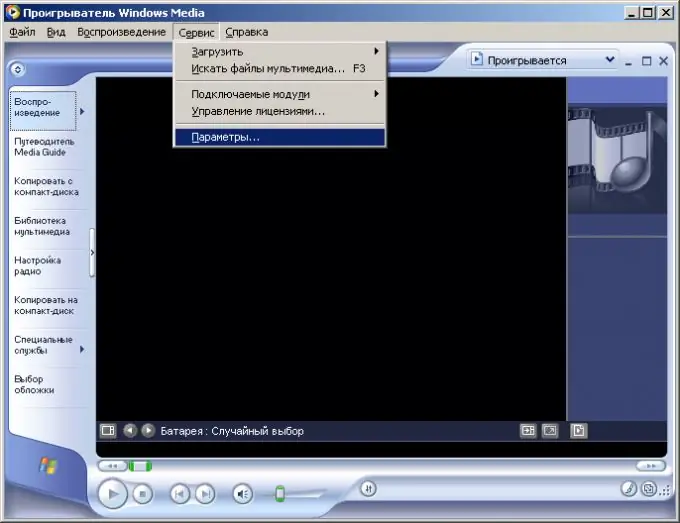
Step 2
In the dialog that opens, switch to the "Player" tab. Configure the settings for the Automatic Updates group. Select the basic options for the player in the "Player settings" group.
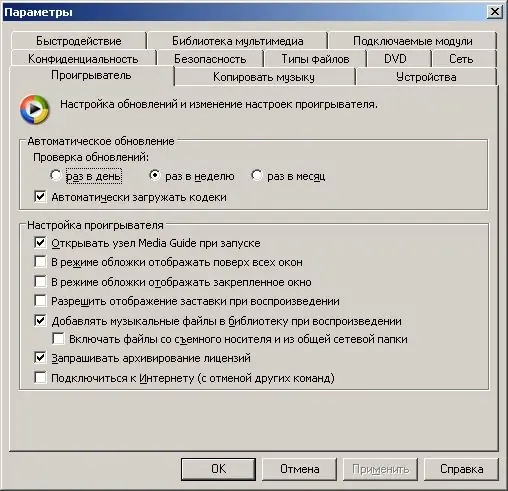
Step 3
Specify your preferred options for saving audio tracks. Switch to the "Rip Music" tab. Select the download folder and change the copy settings in the appropriate control groups.
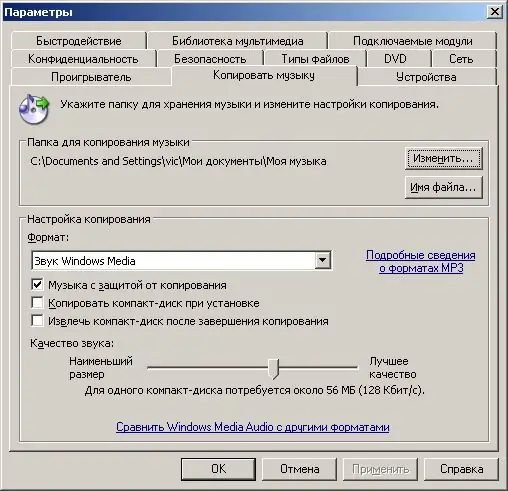
Step 4
Switch to the "Devices" tab. Select the items in the list and click the "Properties" button. Change the player's settings to work with the selected devices.
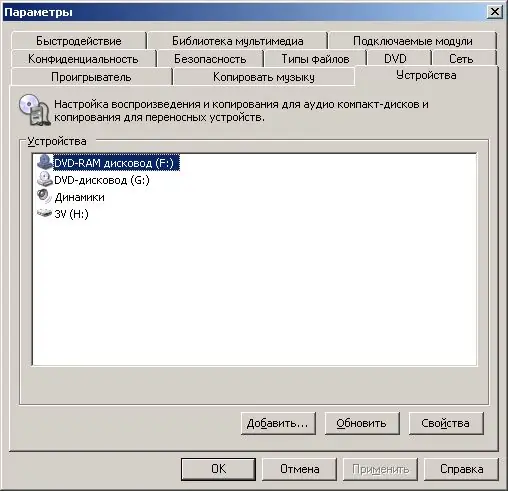
Step 5
On the "Privacy" tab, activate the options for finding information on the Internet, obtaining licenses and updating. Also, configure your settings for logging and saving cookies.
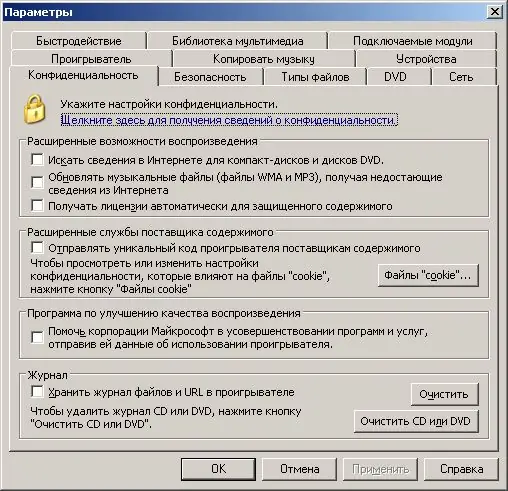
Step 6
Open the Security tab. Configure script execution parameters. Select a security zone to display content.

Step 7
Specify the media formats to be associated with the Windows Media Player application. Switch to the "File Types" tab. Check the list items corresponding to the selected formats.

Step 8
The DVD tab includes controls for configuring language settings when playing video from this type of disc. You can also activate control of the content of the reproduced information here.
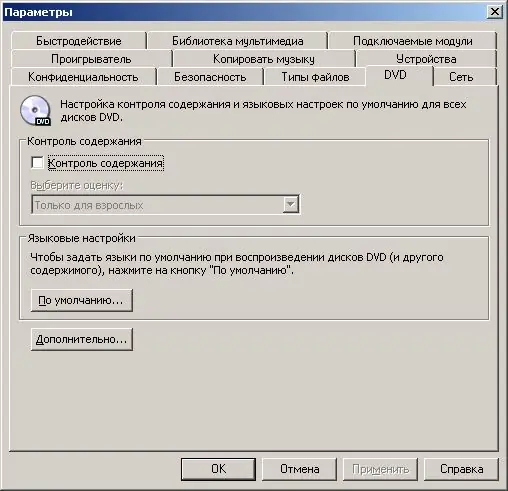
Step 9
On the Network tab, select the Internet protocols that can be used to receive streaming audio and video. If a proxy server will be used for connection, specify the parameters for working with it.
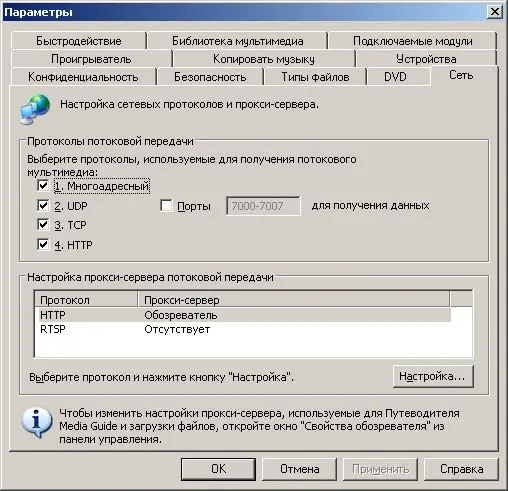
Step 10
Display the Performance tab. On it you can set the parameters for buffering information when booting from the network, hardware acceleration. You can also specify the current speed of your Internet connection.
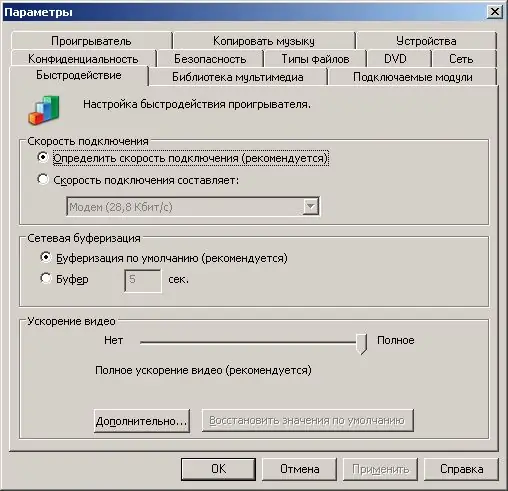
Step 11
Use the Media Library tab to configure settings for automatically updating meta information for media files. Here, set the parameters for adding them to the library.

Step 12
Define the list and parameters of plugins operation on the "Plugins" tab. Click on the "Add" button to find modules on local drives. Click on the "Find plugins on the Internet" link to search for plugins on the web. Click the OK button to complete the configuration of the player.






